April 7 2023
Building Literacy Skills in the 21st Century
Introduction
Recently, we hosted a webinar focusing on the importance of building literacy skills in the 21st century. This webinar focused on technology and how to best use it effectively in education. The goal of this discussion was to discuss the positive impacts technology has on meeting students where they are in their early literacy journey and how to best support children in becoming motivated to read. Our panel included Ameeta Jain, CEO and Founder of Readability, Sukant Jain, Product Marketing and Business Strategy for Readability, Dr. Sally Rabi, Founder and CEO of Intellectus Education, and Jen Gibson, our moderator, and K-12 Education Consultant. Below are some of the key highlights from the webinar.
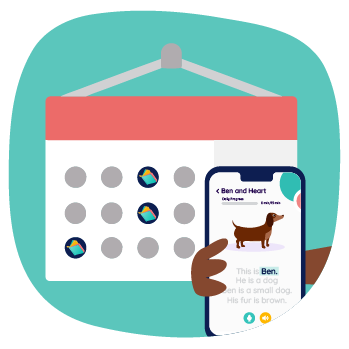
How reading daily leads to substantial gains in reading achievement?
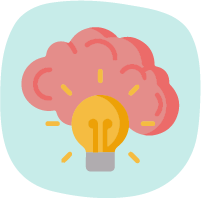
- Critical thinking skills, creativity, writing, and learning development
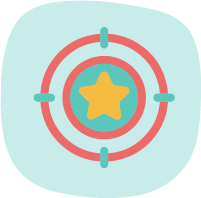
- Improved focus and concentration
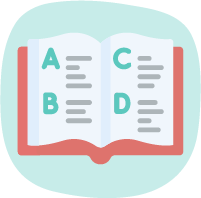
- Building and retaining vocabulary
Dr. Sally Rabi: “One of the key factors regarding literacy and its importance is, why do we read? We need to grow this type of knowledge and help children gain a sense of appreciation when it comes to reading. Reading is a core skill to help children access information, but it also helps support them in critical thinking, writing, and reflection on the texts they are reading. Not only can these texts be scientific factual texts, but they can also be fictional texts. All of this helps build their vocabulary bank and become strong readers.”
Ameeta Jain: “When students experience success in reading, they gain a love of reading, confidence, and a strong foundation that will take them way beyond school. This gives them fundamental basics to help them navigate everyday life in the real world. Schools need to start meeting students where they are and allow parents to get involved through technology to bridge the gap between school and home. We are putting a case study together in Pennsylvania at an elementary school with a third-grade class. The teacher ran an experiment with Readability over 60 days. She discovered through Readability that she could easily progress and monitor her students. She was able to monitor the following; time spent reading, books read, word count per minute, and accuracy. After 60 days, their assessment was done, and these third-grade students increased their WCPM by over 30 words per minute. This is the type of success we can achieve by making technology available for all students in their daily life.”
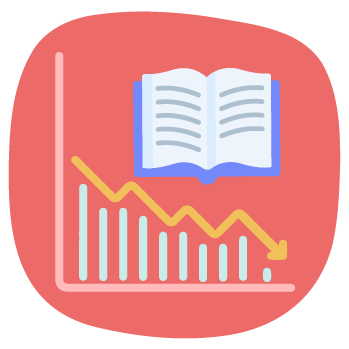
What do we see nationally in declines in reading, and what are the solutions?
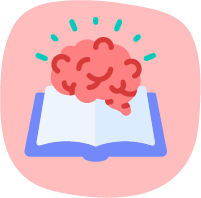
- Evident relationship between literacy and learning; high achievers are good readers.
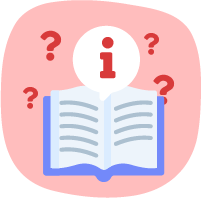
- Behavioral and attention problems in school settings due to the inability to focus and comprehend written text, instructions, and/or assignments.
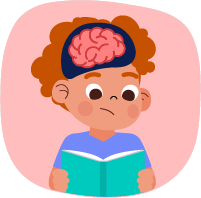
- Relationships between an individual’s mental well-being and reading literacy, you can access the world through text and calmer attitudes.
Dr. Sally Rabi: “I would like to point out the fact that all learners are not at the same level. We have multiple levels and different types of capacity and ability. Using smart technology to meet the learner at their level and work with them to improve their literacy skills, as well as support parents who may also have weaknesses in their literacy skills, especially with our families who speak a different language at home. There is a gap that exists, and Readability is using technology to meet that gap and allow students to work at a pace that impacts their ability to be successful at school. With this comes the high value and importance of literacy for students. Once they have this strong foundation of literacy at school and home with smart technology, we can work with the reader directly. Readability reads to them, and they are able to read to the technology. It allows us to address the discrepancies and gaps so that we can help the learner focus more.”
Ameeta Jain: “When we think about these kids and wanting to bridge that gap, technology provides equity. Going back to the third-grade case study, we discovered that when technology is provided, every child has equitable access to reading. The teacher stated that she has children in this classroom who have read over 200 books in 60 days. Parents are not able to spend 8-10 dollars a book on providing 200 books to their children. When we provide accessibility, we level the playing field for children.”
Dr. Sally Rabi: “This is a global issue. Using smart technology provides rich access to a variety of different resources that students can read from. If students establish a reading habit from a young age, it greatly impacts their literacy skills. There is a shift to change from traditional learning methods. Children don’t desire to read anymore; they want to learn more about what interests them. From a very young age, they need to learn how to read and have the desire to read. This needs to become a skill and habit for them early on. We don’t want children to rely on videos or audio-visual tools to access the content. Students need to learn to read and develop early literacy skills from a young age.”

An increased gap in literacy skills that impacts performance in education and the workforce?
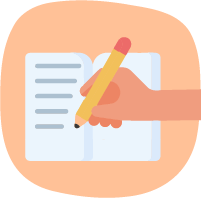
- Better readers are better writers; literacy skills are necessary to support students in becoming able writers.
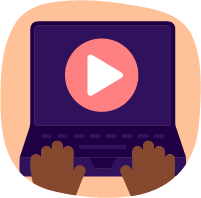
- The digital age has transformed our way of accessing information through video/audiovisual sources.
Ameeta Jain: “We know a lack of literacy skills is a direct line to poverty and jail time. If we can’t get our children reading at a level that supports them in their everyday life, we are doing them a disservice. Nationally everyone needs to get involved with helping students of all ages become better readers. The digital age can transform reading as we know it. Parents and educators can really embrace these new methods of reading. Readability offers teachers and parents the ability to assess children and track their progress while saving time. Bringing in new technologies, meeting the child where they are, and having accountability is huge for making the most of our time and tracking the data.”
Dr. Sally Rabi: “I have noticed that even adult workers who come into the workforce can have issues with their communication skills. This can mean they are unable to read and understand or write to communicate. Now with what is happening with technology and the time it takes for product development, it can be hard to tackle this issue for adults. However, Readability is really helping learners improve their literacy skills and pronunciation. Having this technology that is interactive allows adults and children equitable access to learning how to read.”
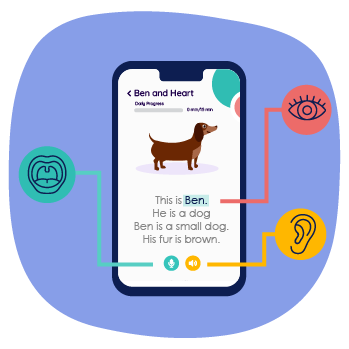
How can technology support students with their reading practice?
Sukant: “There is so much research to support this. This has been going on for 10-15 years. We all use virtual assistance like Siri and Alexa every day. Most of these platforms are built for adults using adult language platforms. When you look at children, their language is physically quite different. They can have erratic language. We decided we needed to spend time looking at a large sample of kids with different dialects and accents. We then brought all of that data together to build a voice AI model that can be accurate in recognizing their speech. It can analyze their speech and provide real-time feedback. A lot of kids learn through vocal and visual stimulation, but we felt that this was an opportunity to turn passive technology to be interactive with the child. This is what is unique about Readability so that students get real-time feedback and support. If a student makes a mistake, it immediately can correct them and give them positive feedback to make corrections in their reading. Now we can support not only the teachers’ ability to track data but the parents’ now, as well.”
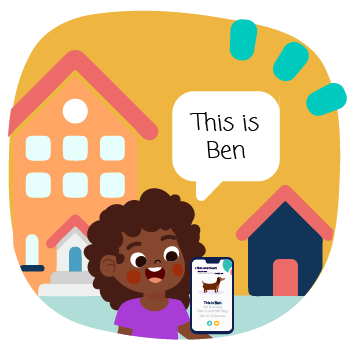
What can schools and educators do to prioritize reading practice for all students?
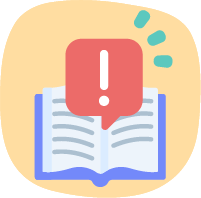
- Emphasize the importance of literacy skills and how they impact learners’ ability to access knowledge and creative text.
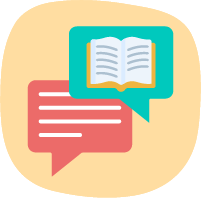
- Endorse book and readers clubs and competitions to encourage group practices and creative discussions.
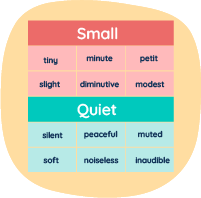
- Building word banks that can be used to produce written texts, including summaries, book reviews, and parallel expressions.
Dr. Sally Rabi: “How can we encourage our young learners to read and appreciate the value of reading? It allows anybody to learn if they can’t access a physical book but can access it online. The value of reading is core at a young age. Through reading, you establish a benchmark or creative alignment. Schools or districts that can implement a program to encourage learners to read and discuss what they are reading in a social circle can further evolve their interest in reading. Word banks provide a core component to both reading and writing.”
What can schools and educators do to prioritize reading practice for all students?
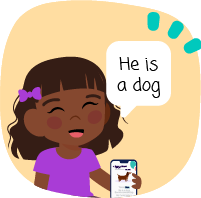
- Bring excitement around it.

- Developing a culture of honor, love, and respect for reading, starting with storytime.
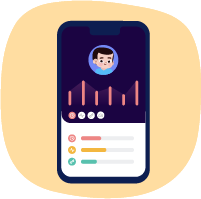
- Involve parents in using conference time to introduce technology.
Dr. Sally Rabi: “Having readability for children allows students to do something useful during independent time. I also like that children who have an accent or dialect can access this program and get support.”
Jen Gibson: “After-school programs can access Readability to support students as well so that children get exposure and practice after school.”

